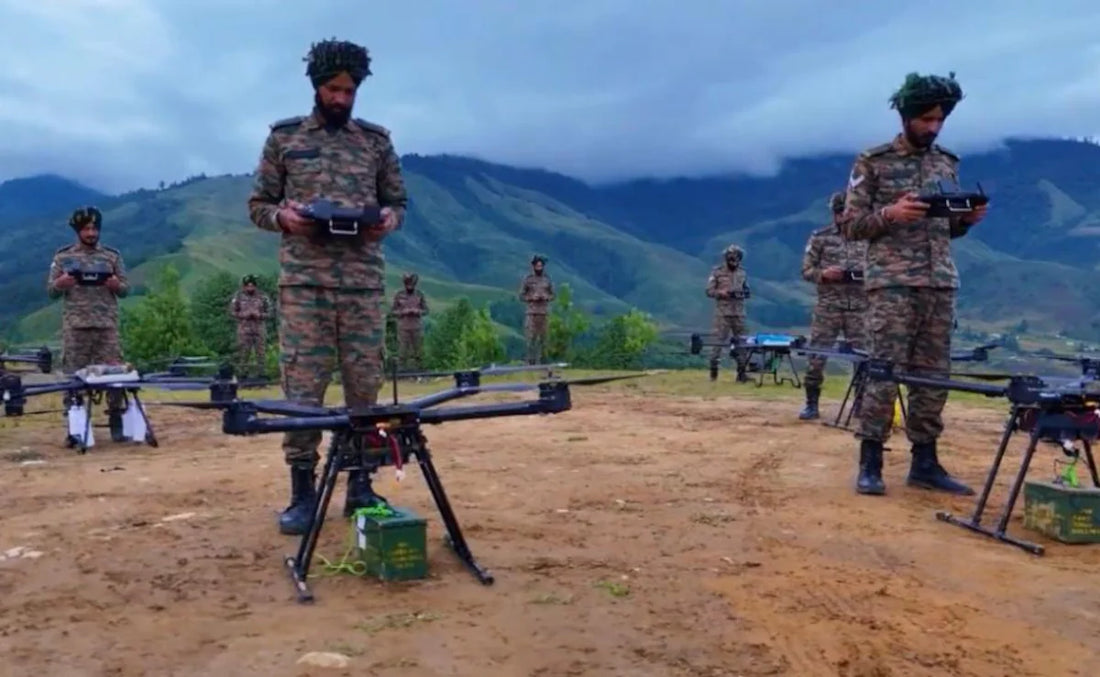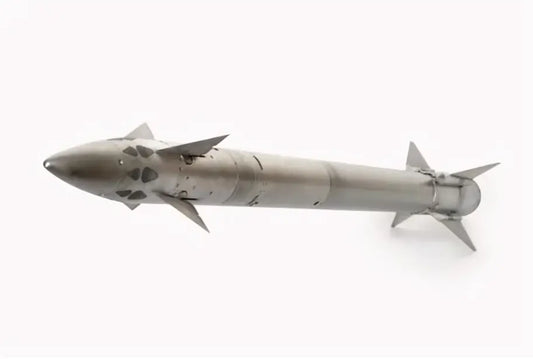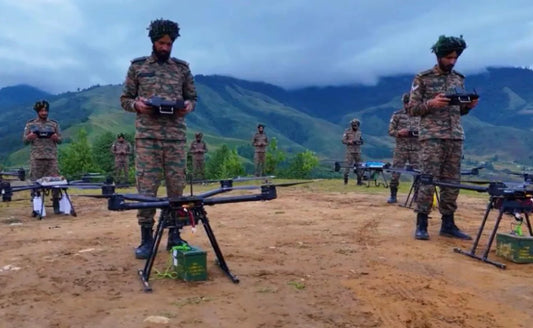Indian Army Initiates Indigenous 'SAKSHAM' Counter-UAS Grid for Enhanced Air Defence

The Indian Army has taken a significant step toward enhancing self-sufficiency in defense technology by initiating the acquisition of the indigenous 'SAKSHAM' Counter Unmanned Aerial System (UAS) Grid. This advanced command and control network was developed in partnership with Bharat Electronics Limited (BEL) in Ghaziabad.
The system, known as SAKSHAM, stands for Situational Awareness for Kinetic Soft and Hard Kill Assets Management. It is engineered to detect, track, identify, and neutralize enemy drones in real-time, offering a comprehensive "Recognised UAS Picture" within the Tactical Battlefield Space (TBS), a newly established domain that extends up to 3,000 meters (10,000 feet) above ground level.
A New Dimension In Modern Warfare
The development of the TBS concept was influenced by Operation Sindoor, India's cross-border strike following the Pahalgam terror attack on April 22, which underscored the necessity for real-time airspace control due to increased drone incursions.
A senior officer highlighted, “The modern battlefield is no longer confined to land operations. Control of the Air Littoral — the space just above troops — is crucial for tactical superiority.”
Advanced Features and AI Integration
SAKSHAM's modular design connects various counter-drone weapons and sensors, integrating data from radar, electro-optical systems, and other surveillance tools to provide immediate threat alerts and automated responses. The system utilizes AI-driven threat analysis, improving the accuracy and speed of decision-making processes in countering aerial threats.
Boosting Atmanirbhar Bharat
Fully developed under the Atmanirbhar Bharat initiative, SAKSHAM demonstrates India's increasing prowess in indigenous defense production. Sanctioned through the Fast Track Procurement (FTP) route, the system is expected to be operational within one year.
A defense insider remarked, “This project encompasses more than just drones — it’s about autonomy, speed, and complete control of our battlespace.”
Strategic Significance
Upon deployment, SAKSHAM will form the core of India's Counter-UAS grid, integrating smoothly with current air defense and surveillance networks. It will empower commanders to maintain situational awareness and rapidly respond to drone threats, particularly in sensitive border and conflict-prone areas.
This advancement aligns with the Indian Army's 'Decade of Transformation (2023–2032)', which aims to build a digitally networked, technology-oriented force capable of managing future hybrid wars.
An officer involved with the program summed it up succinctly:
“The future battlefield is multidimensional — and SAKSHAM ensures India stays ahead of the threat curve.”



















